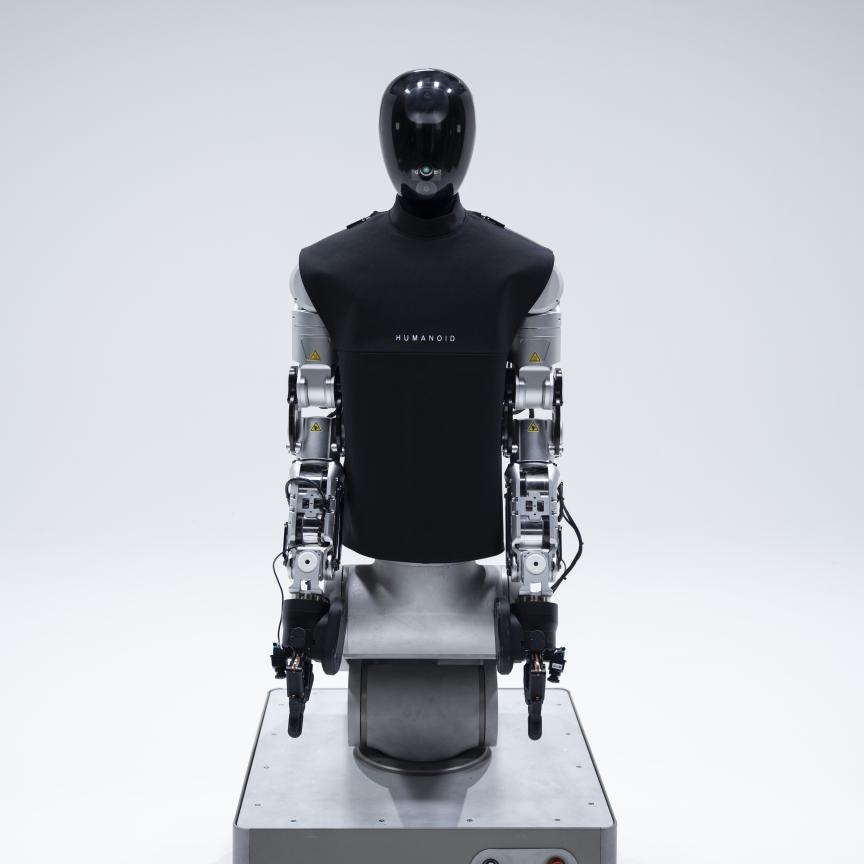The Spanish research institute, ICFO, has developed what it says is the first graphene quantum dot-based CMOS integrated camera.
The study, published in Nature Photonics, demonstrated monolithic integration of a CMOS integrated circuit with graphene, the first time this has been achieved according to ICFO.
The work resulted in a high-resolution image sensor consisting of hundreds of thousands of photodetectors based on graphene and quantum dots (QD). The new sensor is sensitive to UV, visible and infrared light at the same time, which is not possible with existing image sensors, the researchers say.
The graphene-QD image sensor was fabricated by taking PbS colloidal quantum dots, depositing them onto the CVD graphene and subsequently depositing this hybrid system onto a CMOS wafer with image sensor dies and a read-out circuit.
Stijn Goossens, one of the authors of the paper, commented: ‘No complex material processing or growth processes were required to achieve this graphene-quantum dot CMOS image sensor. It proved easy and cheap to fabricate at room temperature and under ambient conditions, which signifies a considerable decrease in production costs. Even more, because of its properties, it can be easily integrated on flexible substrates as well as CMOS-type integrated circuits.’
The study was led by ICREA Professors, Frank Koppens and Gerasimos Konstantatos, in collaboration with the company Graphenea.
Konstantatos commented: ‘We engineered the QDs to extend to the short infrared range of the spectrum (1,100-1,900nm), to a point where we were able to demonstrate and detect the night glow of the atmosphere on a dark and clear sky, enabling passive night vision. This work shows that this class of phototransistors may be the way to go for high sensitivity, low-cost, infrared image sensors operating at room temperature, addressing the huge infrared market that is currently thirsty for cheap technologies.’
‘The development of this monolithic CMOS-based image sensor represents a milestone for low-cost, high-resolution broadband and hyperspectral imaging systems,’ Koppens added. ‘In general, graphene-CMOS technology will enable a vast amount of applications, that range from safety, security, low-cost pocket and smartphone cameras, fire control systems, passive night vision and night surveillance cameras, automotive sensor systems, medical imaging applications, food and pharmaceutical inspection, to environmental monitoring, to name a few.’
The research has been partially supported by the European Graphene Flagship, the European Research Council, the Government of Catalonia, Fundació Cellex, and the Severo Ochoa Excellence programme of the Government of Spain.

